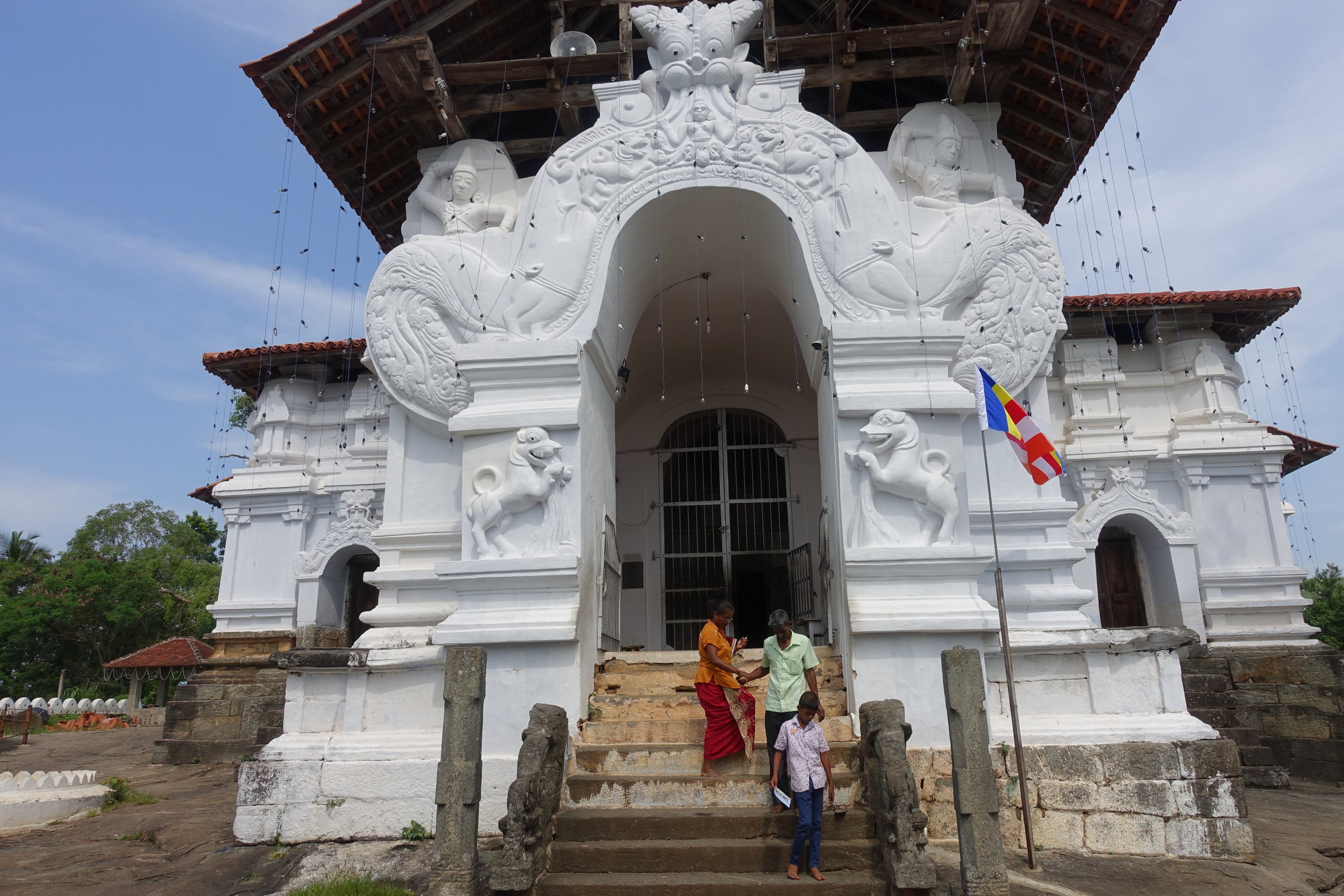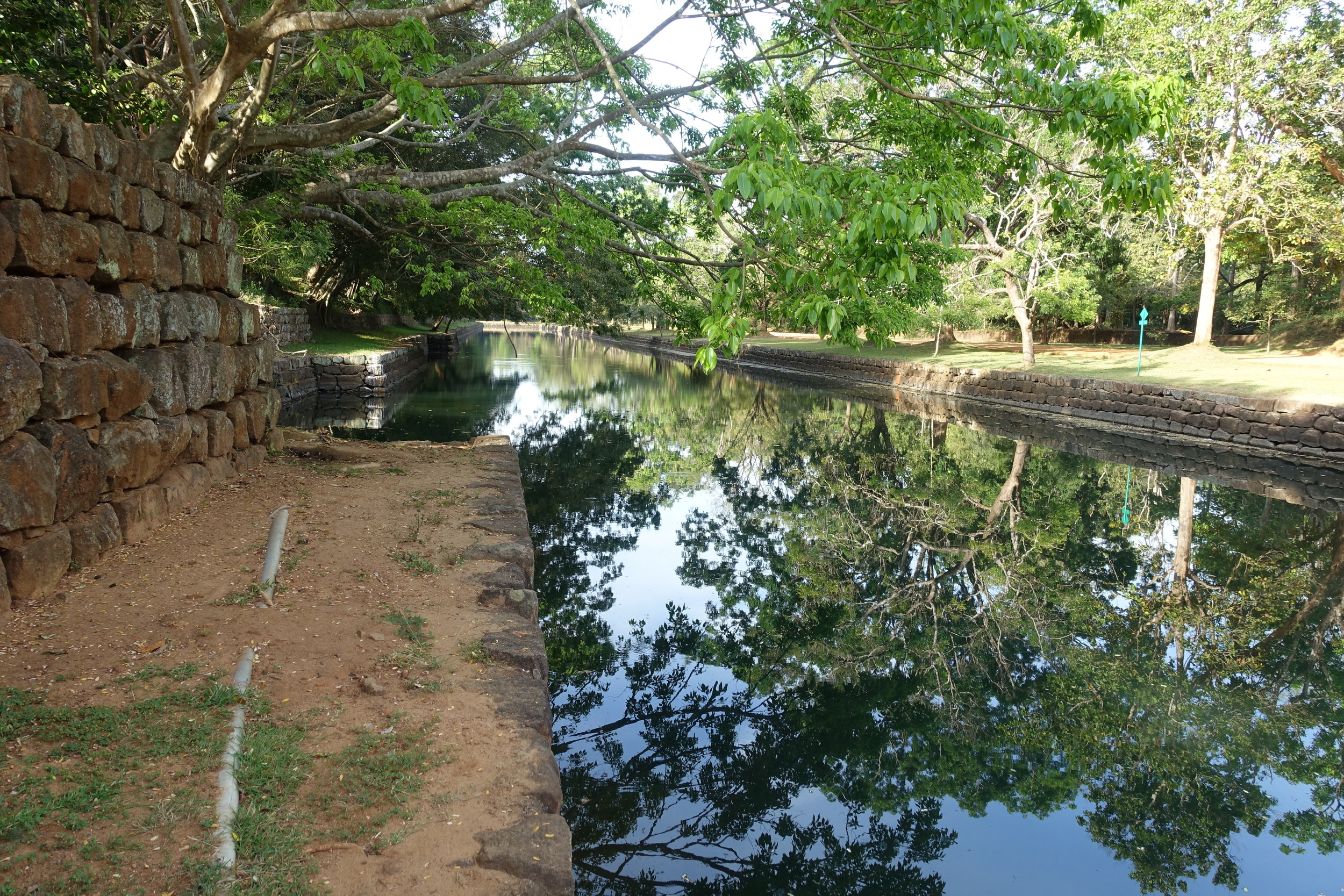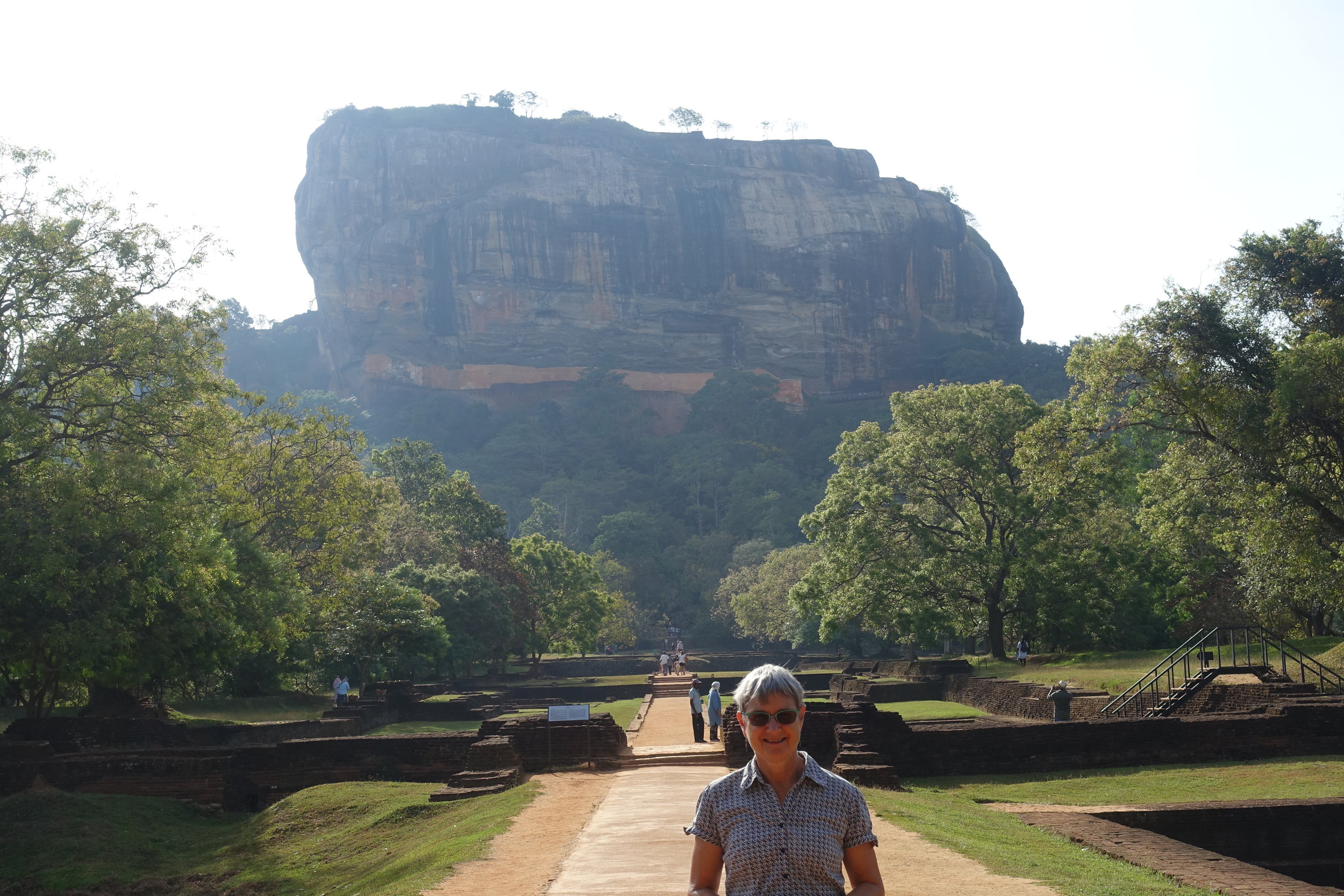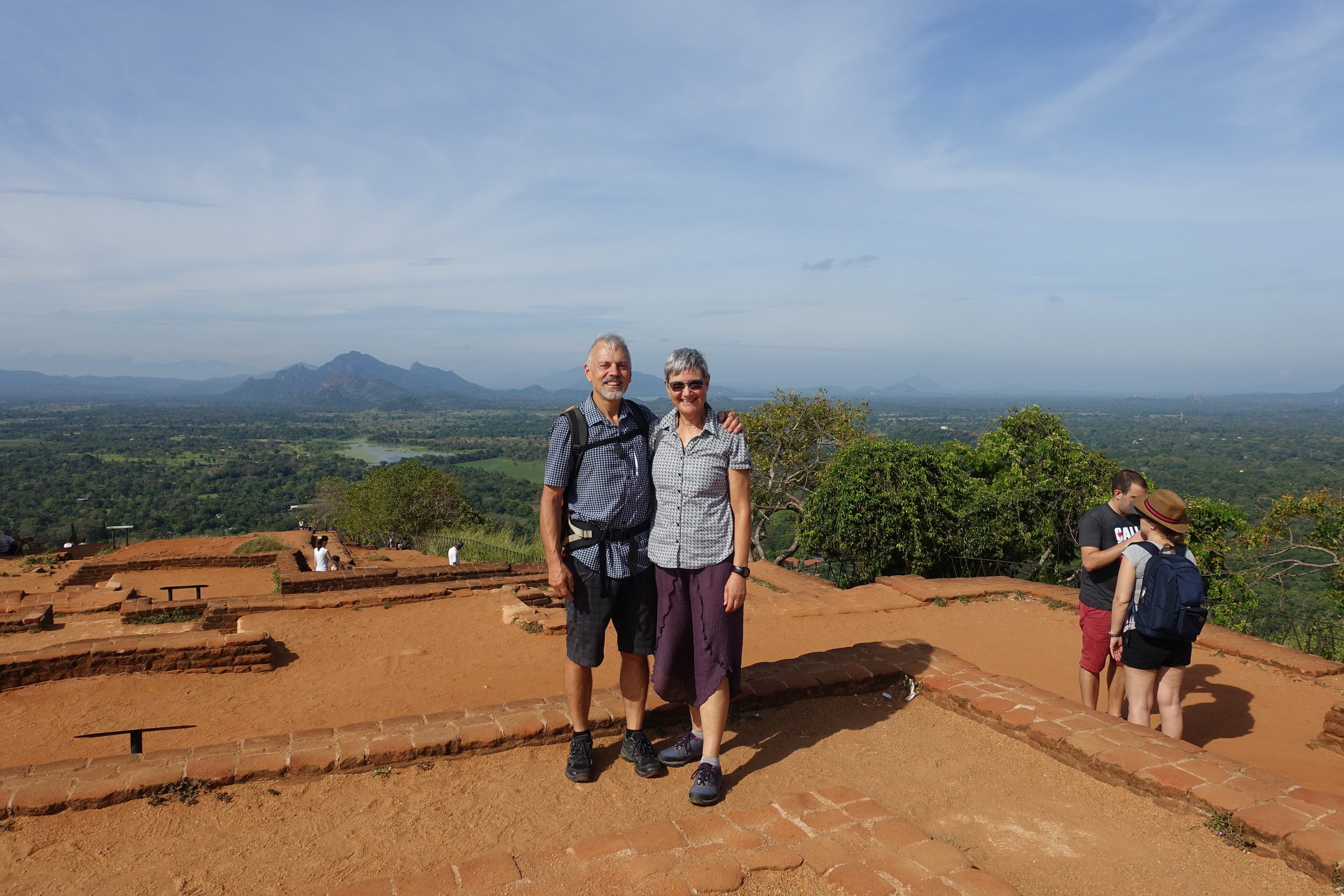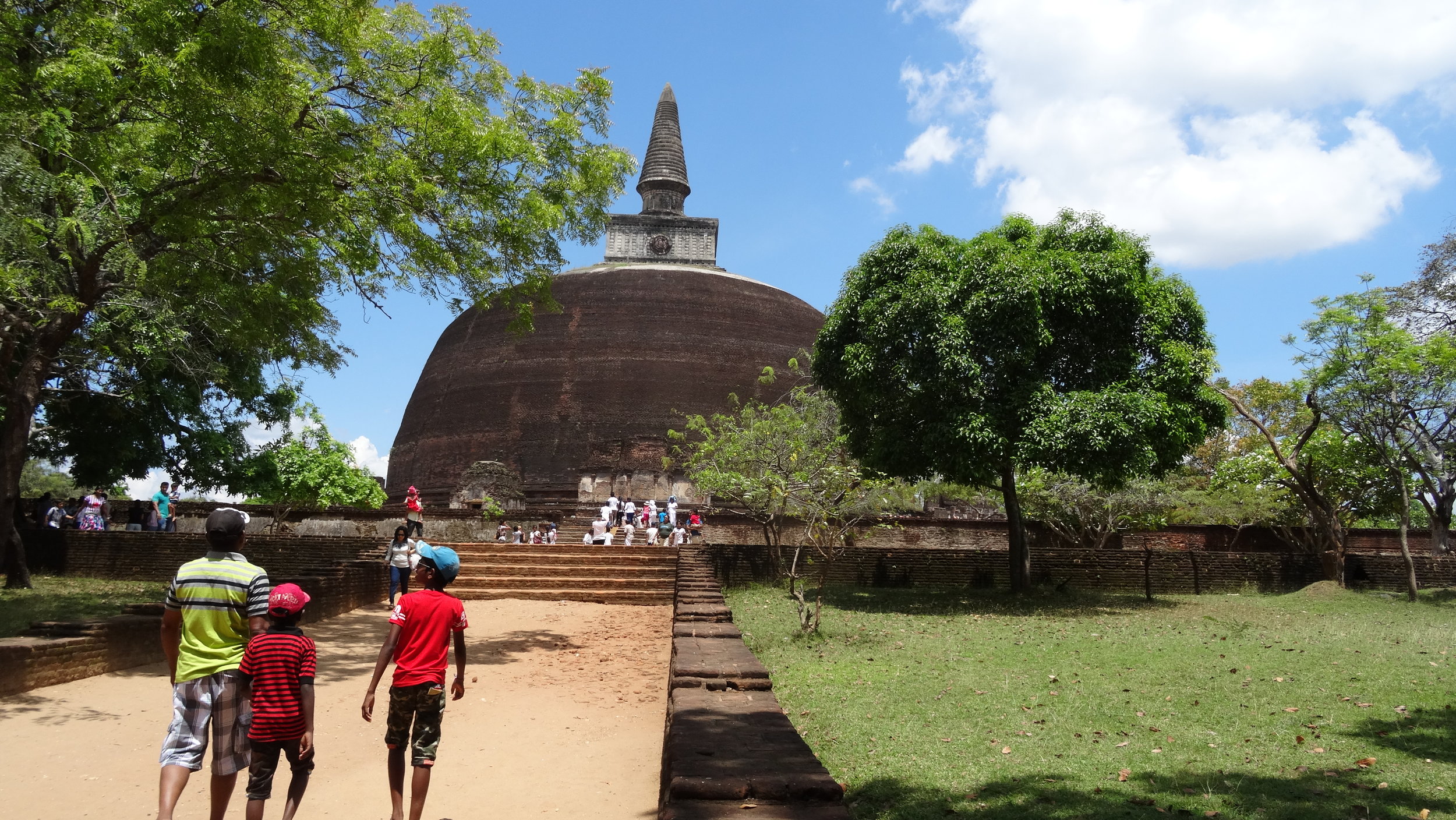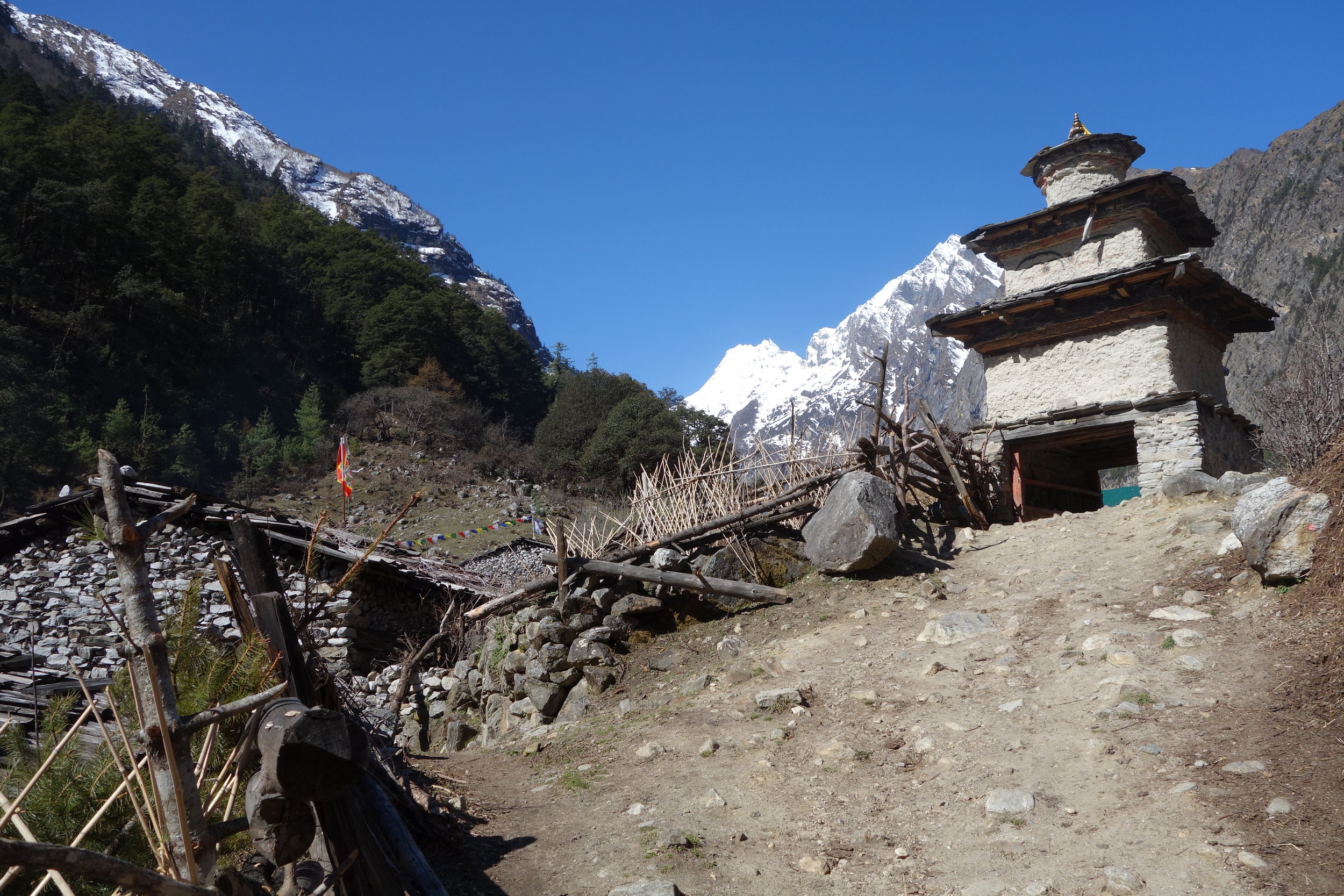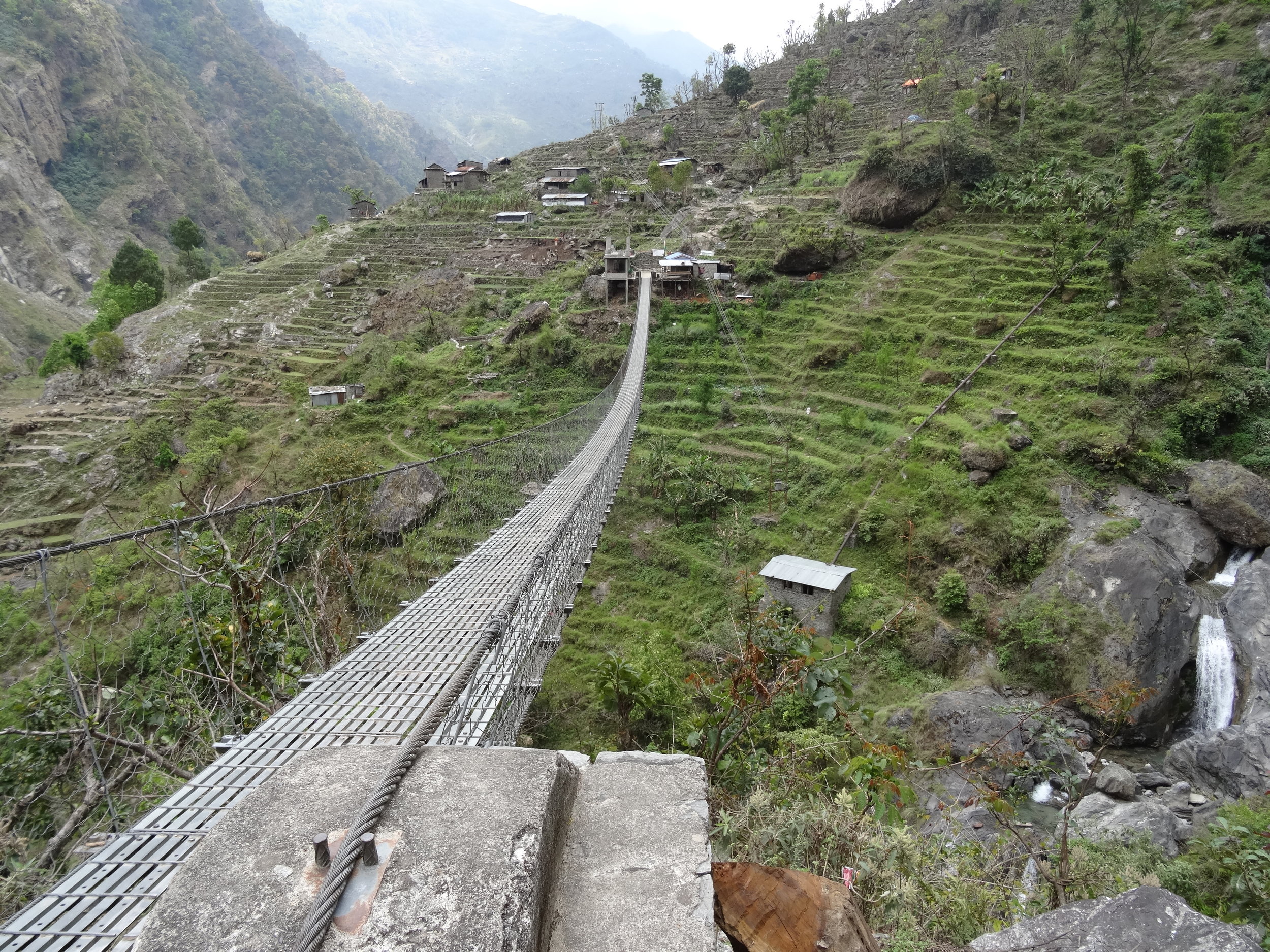Sri Lanka: Kandy
Louise George
As we rode into Kandy passed Temple of the tooth, I spotted the name Gelateria on our right. We alight at the next stop, and walk back to an International Food Hall, that is clean, air conditioned bliss. The Latte, purchased at R760 for 2, far exceeds the bus ticket of R240 for the two of us to travel 100 kms.
At 3 we grab a Tuk Tuk to take us to the apartment. We thought it was a couple of kilometres from the centre but hadn’t checked the topography. Kandy has a small centre that is flat, and it’s surrounded by huge hills. We have no idea where to go, and neither does the driver. He ‘guns’ the vehicle up steep inclines, and asks people a couple of times for directions. Our driver, Rasika was happy to catch some tourists, and convinces us to use his Tuk Tuk services tomorrow. Our accommodation is almost at the top of a hill, in a residential suburb. It is a small apartment, with wonderful views. Fortunately our host, who lives downstairs, offers to give us a home cooked dinner; whew we don’t need to figure how to get back down to the city.
Rasika arrives at 9 and takes us to the high into the hills to Lankathilaka, a Buddhist temple that dates back to 1344. The temple is built atop a rock, providing a view of distant hills and valleys, paddy fields and luxuriant vegetation. On our return to the vehicle we acknowledge the skill of a wood carver who is working away, surrounded by hundreds of wooden items for sale. We are intrigued with a wooden box of which the opening alludes us; no joins are visible. The wood carver shows us a very ingenious couple of moves that opens it. Now that we know what to do, even repeating the technique is difficult. Very clever!
Next stop is to be the Botanic Gardens but Rasika wants to take us to a herb garden first. We are left at the entrance and approached by a gentleman who explains that he gives a free tour and is a herbal remedy doctor. He proceeds to point out the plants and the types of remedies that they are used for; going so far as to apply the balm from the Neem plant to a patch of Nev´ś hairy legs, and ten minutes later uses a tissue to wipe it off, along with the hair. Of course the final area is a small shop selling many concoctions. We had shown an interest in a natural remedy to stop snoring but decided after being advised of the price, that I would have to put up with Nev´ś night noises.
The Royal Botanic Gardens are mentioned in tourist brochures as a ‘must see’ and because we both like gardens that is our next stop. It’s a pricey $15 entry fee but we enjoy walking for a couple of hours, in the cool of the shade of huge tree canopies, amongst the many species collections in the gardens. There has been a garden here since 1371! Most plantings have been cultivated on a larger scale from the early 1800s. When we exit, Rasika is not at the gate at the appointed time. Another Tuk Tuk driver says he is coming, so we wait.
We are dropped next at the International Food Hall for lunch, then walk across to the Temple of the Sacred Tooth Relic.
The Temple of the Sacred Tooth Relic is a Buddhist temple located in the former Kingdom of Kandy. The temple houses a tooth that, legend has it, was retrieved in 543BC, from Buddha’s funeral pyre, and given to King Brahmadatte and thereafter has been a royal possession. A belief grew, that whoever had the tooth had the divine right to rule. Historically the tooth was moved around and housed in other temples such as the one we saw ruins of, at Polonnawarua. The Relic is still revered, with daily ceremonies held in the temple. The history, artworks and architecture of the Palace complex also made the visit here very interesting.
We’d arranged to meet Rasika at 4:30, but he is not at the meeting place. A security guard tells us our driver will be 5 minutes. Then we are told 20 minutes so we go back inside the food court for a cold drink. On returning to the meeting point there is still no sign of our Tuk Tuk. We’re approached by another driver who tells us he is to take us to our hotel. Not again! Our day’s fee has not been paid to Rasika and the agreement was that he deliver us to our accommodation. We don’t want to pay this guy, and we’re actually happy to wait and watch the ‘goings-on’ around us. Rasika finally shows up 40 minutes late with a “sorry”. We get in and he hurriedly drives off, giving us the impression we are a nuisance and he should be somewhere else! The trip back up the hill is hectic, almost to the point of dangerous, as at one intersection I have the grill of a bus only centremetres from my right ear! We’re bounced over the steel drainage grills in the road and delivered to the gate. Payment is made and he’s away, with no question of “what are you doing tomorrow”. I’m over Tuk Tuk drivers!
We’ve taken an administration day. Time to book ahead, catch up with the calendar and budgeting App (Trail Wallet), respond to emails, as well as use the washing machine. Midday we decide to go for a walk to look for somewhere for lunch on the main road at the base of the hill, walking vía a mapped path that goes straight down. Google tells us it’s 3 km to a highly recommended Icecream shop. By the time we’ve done the round trip, with an extension to look for a torch for me to use later when we get to Adams Peak, we’ve covered at least 8 km in the sticky heat, maneuvering around hundreds of buses (goodness knows how we ended up in the middle of the bus station), and dodging thousands of school girls (dressed in white uniforms with red ties) who at 1:30 had finished school for the day; we’re exhausted.
Later our hostess called by with cake and an offer of providing dinner tonight that we thankfully accepted. Yeah! We could cancel our thoughts of walking back down this evening.




